News
JVP says CMC losing Rs 320 million from new contract for clearing garbage
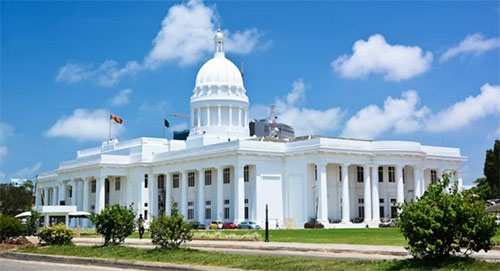
Mayor denies any wrongdoing
By Rathindra Kuruwita
The Colombo Municipal Council (CMC) had incurred a loss of Rs. 320 million from a contract awarded for collecting and transporting garbage, JVP Municipal Councilor Hemantha Weerakoon said yesterday.
Weerakoon said that garbage collection was done separately in several wards and when renewing the contracts, the CMC had awarded the tender to a company that had quoted a much higher price than previously.
“For example the previous contract to collect garbage in Ward No 4 was Rs. 118 million. The new contract is worth Rs. 197 million. This is an increase of 80 million rupees. The CMC is going to pay Rs. 105 million more to collect garbage in Ward No 3 and Rs.119 million more for collecting garbage in Ward No 2. The price of fuel has not gone up and the wages have not gone up, so why pay more?”
The JVP councilor said that the process of awarding contracts was riddled with malpractices.
In response the Mayor of Colombo, Rosy Senanayake said that the previous contract had been signed in 2017 and that it was not reasonable to expect the contractor to agree to the same amount due to cost factors.
Councillor Weerakoon said that no one would have objected to a reasonable increase, but there had been 100% increases in some cases.
News
CoPF Chief steps up pressure on Prez to appoint AG

House Committee, BASL and TISL take common stand
The Chairman of the Committee on Public Finance (CoPF) has found fault with President Anura Kumara Dissanayake for what it calls the inordinate delay in appointing a new Auditor General. CoPF Chairman Dr. Harsha de Silva, in a letter dated Dec. 22 addressed to President Dissanayake, has pointed out that the Office of the AG remains vacant.
The SJBer raised the serious issue with the President close on the heels of the interventions made by the Bar Association of Sri Lanka (BASL) and Transparency International Sri Lanka (TISL).
Dr. de Silva has emphasised that the failure on the part of the President to fill the vacancy is a matter of serious concern. The Constitutional Council has repeatedly rejected the President’s nominee while questioning his suitability.
The following is the text of CoPF Chairman’s letter to the President: ” I wish to respectfully bring to your attention that the Office of the Auditor General has remained vacant since 7 December, following the conclusion of the tenure of the Acting Auditor General on 6 December. At present, there is neither a substantive nor an acting Auditor General in the country, and consequently, the Audit Service Commission remains without a chairman. Given the prevailing circumstances of the country, the continuous absence of this constitutionally mandated post is a matter of serious concern.
Under Article 148 of the Constitution, Parliament exercises full control over public finance. The effective exercise of this control is constitutionally dependent on the continuous functioning of an independent audit mechanism.
Article 154 of the Constitution establishes the office of the Auditor General and mandates the audit of all State institutions and the reporting of such audits to Parliament. The absence of an Auditor General disrupts this mandatory constitutional process. This mandate is further reinforced by Section 3 of tile National Audit Act, No. 19 of 2018.
Moreover, the oversight functions of the Committee on Public Accounts, and the Committee on Public Enterprises in terms of Standing Orders 119, and 120 are directly dependent on audit reports issued by the Auditor General. The continued vacancy therefore materially undermines parliamentary financial oversight.
As the Committee on Public Finance (CoPF) is responsible for reviewing the budget and work programme of the National Audit Office, I consider it my duty, as the Chair of the CoPF, to urge the immediate appointment of the Auditor General.
Accordingly, I respectfully request that urgent action be taken to appoint a suitable, qualified and experienced individual as the Auditor General in accordance with Article 153(1) of the Constitutional, without further delay.”
News
Indian HC and Consulates extend humanitarian assistance to families affected by Cyclone Ditwah
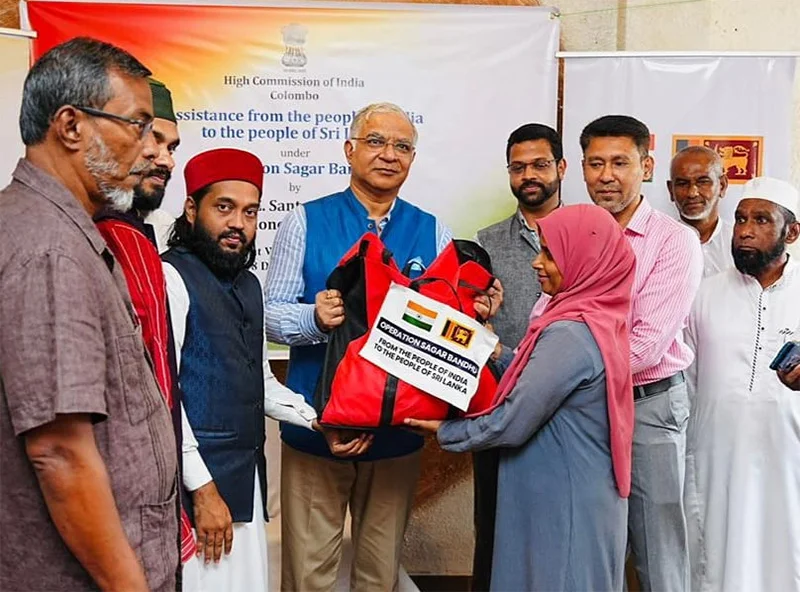
As part of India’s continued assistance to Sri Lanka under ‘Operation Sagar Bandhu’, the Indian High Commission in Colombo, Assistant High Commission in Kandy and Consulate General of India in Jaffna conducted humanitarian assistance distribution drives for families affected by Cyclone Ditwah in different parts of the country, the Indian HC said.
The text of the HC statement: “On 18 December, High Commissioner of India Santosh Jha distributed relief kits among affected families in the Kolonnawa in coordination with All Ceylon Sufi Spiritual Association and among children of Bhaktivedanta Children’s Home ‘Gokulam’ at ISKCON Temple in Colombo. Earlier this month, the High Commissioner also distributed assistance among residents of Nayanalokagama, village specially designated for the visually impaired, and among affected families in Negombo in the Gampaha District.
Between 9 and 19 December, Assistant High Commission of India in Kandy distributed essential food items and supplies among hundreds of affected families in Kandy, Nuwara Eliya and Badulla Districts.
Similarly, the Consulate General of India in Jaffna carried out several distribution drives for affected families in Mannar, Mullaitivu and Kilinochchi, as well as island territories of the Jaffna District.
This assistance is over and above several tonnes of food and relief material handed over by India to the Government of Sri Lanka under ‘Operation Sagar Bandhu’.”
News
Sri Lanka prepares to deploy fresh military contingent under UN command
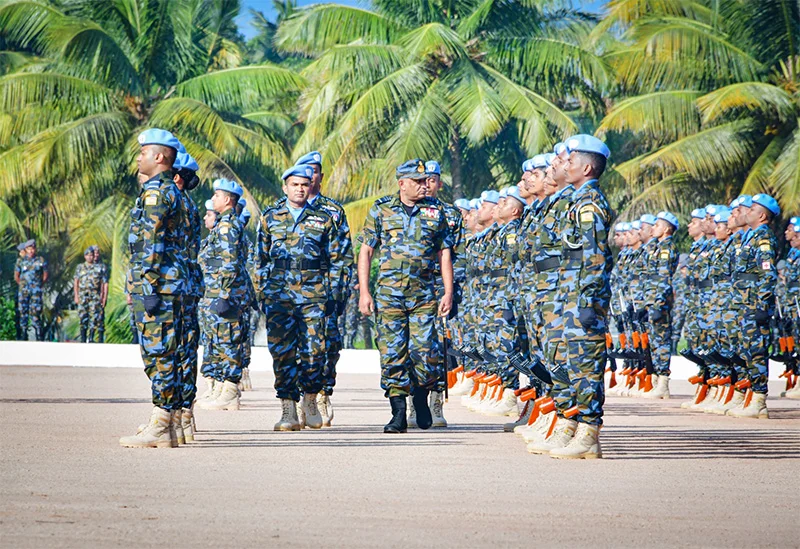
The passing-out parade of the No. 11 Contingent of the Aviation Unit assigned to the United Nations Multidimensional Integrated Stabilization Mission in the Central African Republic (MINUSCA) took place on 23 December 2025 at the SLAF Base Katunayake. The Commander of the Air Force, Air Marshal Bandu Edirisinghe, took the salute as the parade was led by Group Captain Asiri Pathirage, the Contingent Commander of the 11th contingent.
The heli-deployment, comprising 22 officers (including two female officers) and 88 airmen (including five airwomen), is scheduled to depart for the Central African Republic in the middle of January.
During the address to the parade, the Commander noted that the United Nations Headquarters has praised the Sri Lanka Air Force contingents stationed in the Central African Republic for their bravery, professionalism and dedication to duty. He emphasized that this accomplishment reflects the trust and confidence placed in the military forces of Sri Lanka by the international community, enhancing the nation’s standing on the global stage. This mission is also anticipated to bring significant economic benefits to the country.
The parade was attended by the Chief of Staff, Deputy Chief of Staff, members of the Air Force Board of Management, officers and airmen of SLAF Base Katunayake and most specifically, the beloved family members of the Aviation Contingent.
-

 News2 days ago
News2 days agoMembers of Lankan Community in Washington D.C. donates to ‘Rebuilding Sri Lanka’ Flood Relief Fund
-

 Business6 days ago
Business6 days agoUnlocking Sri Lanka’s hidden wealth: A $2 billion mineral opportunity awaits
-

 News6 days ago
News6 days agoArmy engineers set up new Nayaru emergency bridge
-
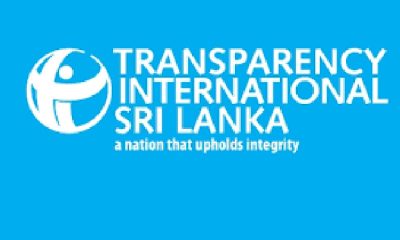
 News6 days ago
News6 days agoTISL, civil society flay NPP govt. for holding up Auditor General’s appointment
-

 Latest News5 days ago
Latest News5 days agoLandslide early warnings issued to the districts of Badulla, Kandy, Kurunegala, Matale and Nuwara-Eliya extended till 8AM on Sunday (21)
-
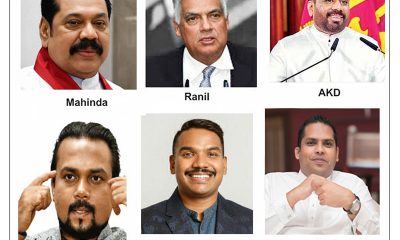
 Opinion6 days ago
Opinion6 days agoThe Maha Jana Handa at Nugegoda, cyclone destruction, and contenders positioning for power in post-NPP Sri Lanka – II
-

 Latest News6 days ago
Latest News6 days agoTannane goal from own half sets Morocco on way to FIFA Arab Cup 2025 title
-
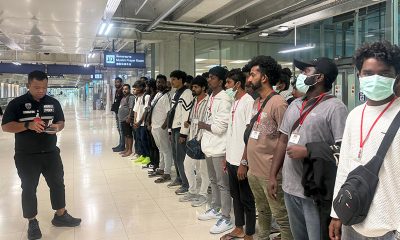
 News6 days ago
News6 days agoSri Lankans rescued from cybercrime centers in Myanmar repatriated













